Scientific name Abiotrophia Phylum Firmicutes Order Lactobacillales | Family Aerococcaceae Higher classification Aerococcaceae Rank Genus | |
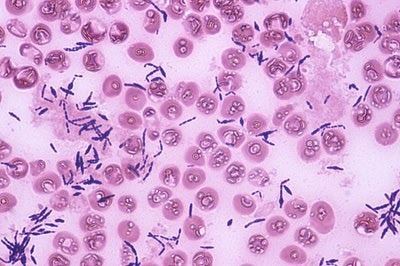 | ||
Similar Bacteria, Gemella, Aerococcus, Gemella morbillorum, Kingella kingae | ||
Medical vocabulary what does abiotrophia mean
Abiotrophia is a genus of lactic acid bacteria, a family in the phylum Firmicutes (Bacteria).
Contents
Species
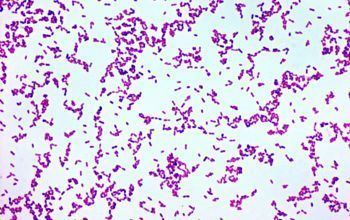
The genus contains 4 species of coccus shaped species, 2 are former members of the genus Streptococcus, which were transferred in 1995 to the newly coined genus Abiotrophia:
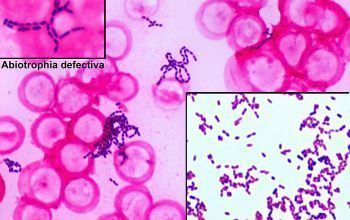
Other 2 are latter additions:
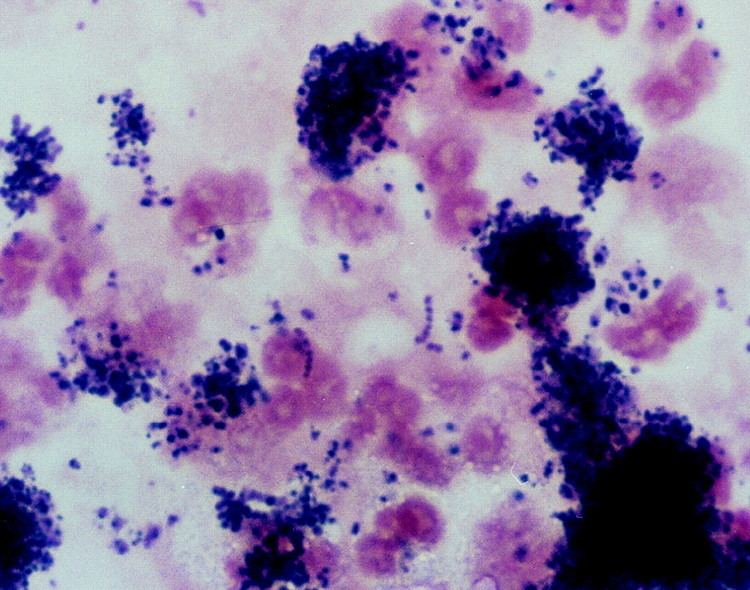
Etymology
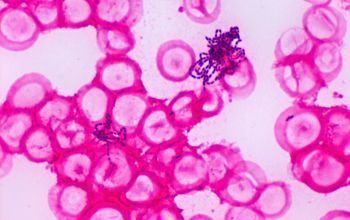
The name Abiotrophia derives from: Greek prefix ἄ (a)-, negative (un-); Greek noun βιος (bios), life; Greek noun τροφιά (trophia), nutrition; New Latin feminine gender noun Abiotrophia, life-nutrition-deficiency.
Genome Sequence
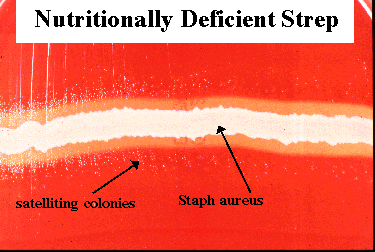
For the Human Microbiome Project (HMP), the genome of Abiotrophia defectiva ATCC 49176 has been sequenced (assembly) as it is a resident of human oral cavity and urogenital and intestinal tracts and is a cause of infective endocarditis. showing it to have 3291 protein encoded in a 3.4774 Mbp genome with a GC content or 37.0%
Disease
Formerly classified as nutritionally variant streptococci, A. elegans had been identified as a cause of 1 to 2% of blood culture negative bacterial endocarditis.
